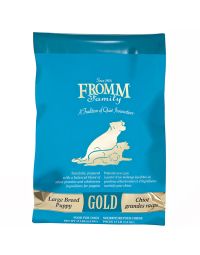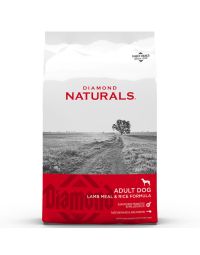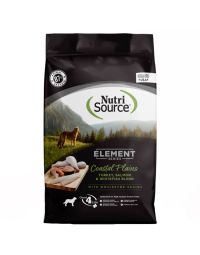Feeding your dog does not have to be mysterious. By recognizing a few key concepts and attributes of dogs we can create a very reasonable feeding plan for them. Dogs are creatures of habit, so a regular feeding schedule helps with house training puppies and adult rescue dogs who have not been taught household manners. Feeding your dogs at regular times provides the security and predictability of a routine.
There are a few very important things to remember to incorporate into your canine feeding routine. Make sure you are regularly cleaning your dogs’ bowls which prevents bacterial buildup. This also includes their food storage container, which should be cleaned before being refilled. And lastly always provide water for meals, and a water source that is always available.
Dogs have a simple stomach anatomy, just like humans. Because dogs have a simple stomach structure, once the stomach is filled with food, it will empty within a few hours as food moves into the small intestine. After 8 to 10 hours, an empty stomach begins to send signals to the brain stimulating a hunger response. For this reason, at least two meals per day are best for your dog. Imagine if you only got to eat breakfast each day, and that was it! Regular, routine feeding times allow your dog's body to be prepared for the food it will receive. It is not recommended to keep the bowl filled and allow grazing.
Since puppies grow quickly, they need to eat highly nutritious food and they need it often. Since they tend to burn so much energy, you will start out feeding your puppy often, then slowly wean them down to less regular feedings. This process will help them grow big and strong. Puppies need to relieve themselves within 10 to 15 minutes of eating a meal. By linking a 'potty stop' with a meal we not only allow ourselves to predict when the pup needs a trip outside, we allow the puppy to learn to associate their urges with a suitable location. This is an important step in the house-training process. Stop by Spikes and Houles for all of your new puppy needs from food to toys, beds, and more!
Not sure what your dog needs? Looking to switch? It's a good idea to switch to a new food over a few days. Too abrupt of a change may cause stomach problems for your pooch. To transition between foods, mix your dog's current food while gradually increasing to their new food. Over the course of a week, slowly decrease the amount of their current dog food while increasing the amount of new dog food added for a safe and comfortable transition. Read our advice on Switching Brands here
Most owners feed adult dogs two half-portions a day. How much is that? It depends on your dog. Measure food, rather than eyeballing it, to make sure your dog is getting the right amount each day. Keep an eye on your dog for signs of weight gain, and cut down on food, if necessary, under the supervision of your vet. Some of the signs your dog is overweight include not being able to feel their ribs, loss of a discernible waist, pads of fat over the hips and base of the tail and a waddling gait.
Dogs should eat at regular times, usually once in the morning and once in the evening — the key is consistency. Also, keep in mind that the type of food you choose is important. If you have a more sedentary dog, consider a food that matches their lifestyle to ensure they still get the right nutrients without causing weight gain.
As your dog grows and continues to get older, their diet will change with them. Spikes and Houles offers recipes to carry you through all stages of your dog’s life. Be sure to consult your veterinarian for help when adjusting your dogs’ diet. Changes will vary depending on size, breed, activity level and other health factors.









